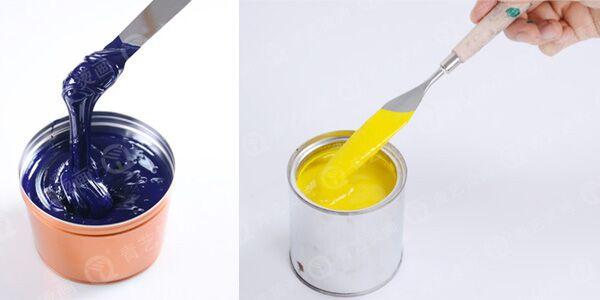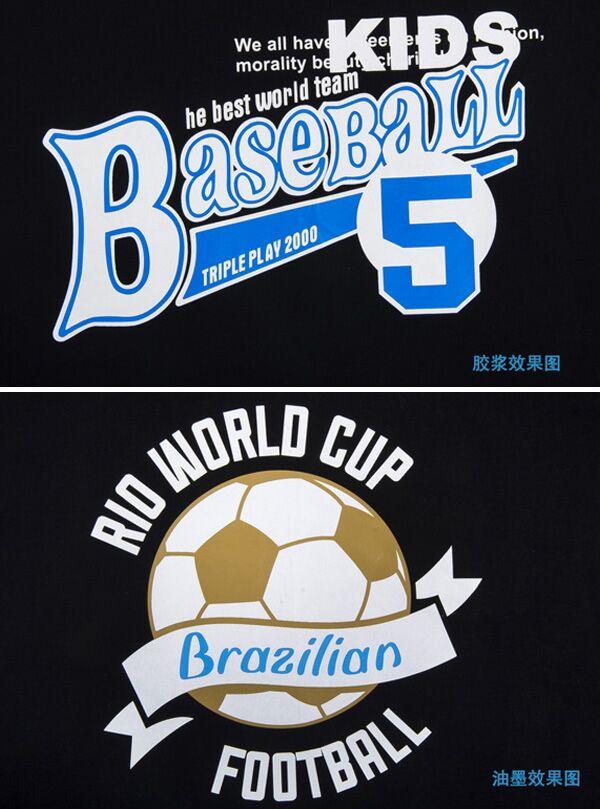Printing refers to the technical process of printing patterns on textiles. The processes used for T-shirt printing are mainly cut-piece printing and garment printing. According to the materials and methods used in printing, it can be mainly divided into: water slurry printing, glue printing, ink printing, hot stamping, and transfer printing. In addition, special but rarely used tie-dying can also be included in the scope of printing technology. . After 20 years of practice and summary, let’s analyze various printing technologies and their advantages and disadvantages:

1. Water slurry printing: It is the earliest printing technology used for printing. The material of the pattern is a water-based slurry, similar to the pigments or dyes used in painting. Through technical processing of the printing screen, the slurry can penetrate into the fabric where there is a pattern, but cannot penetrate into the areas where there is no pattern. , so that the pattern can be printed onto the fabric. Its characteristic is that it can only print one color at a time. If you want to print a second color, you must wait for the previous color to dry before proceeding; a printing plate needs to be made, and light-colored patterns cannot be printed on dark fabrics. The advantage is that the printed fabric has good breathability, but because it needs to be starched during printing, the clothes will become hard. This method is more used for cloth printing.

2. Glue printing: The basic process is the same as water slurry printing, except that the material used is glue pigment that will solidify on the fabric after drying. Its characteristics: only one color can be printed at a time. If you want to print a second color, you must wait for the previous color to dry before printing; you need to make a printing plate; because the glue is opaque, you can print light colors on dark fabrics. Color pattern, but its breathability is poor. Currently, the most common printed T-shirts on the market are mostly printed with glue.

3. Ink printing: Also called thermosetting ink printing. It uses chemical ink as the printing material. It needs to be dried at a high temperature to solidify the ink on the fabric. It needs to make a printing plate. You can use a four-color collision screen to print color patterns, or you can first print a layer of white background on dark fabrics. Then print the light-colored pattern; like glue, it has poor air permeability. Some of the cooler T-shirts you see on the market are ink-printed works!

4. Hot stamping and transfer printing: Yes A technology developed relatively recently. It uses an intermediate medium (such as transfer paper), that is, the pattern is first printed on the transfer paper covered with a special coating, and then the pattern on the transfer paper is transferred to the fabric through pressure and temperature. The advantage of this is that it simplifies the printing production process and makes the production of patterns, that is, transfer paper, a new industry independently, which facilitates the distribution of patterns. Its actual effect is the same as ink printing, except that its pattern accuracy is higher. Heat transfer and T-shirt transfer printing are the representative works of this type.




